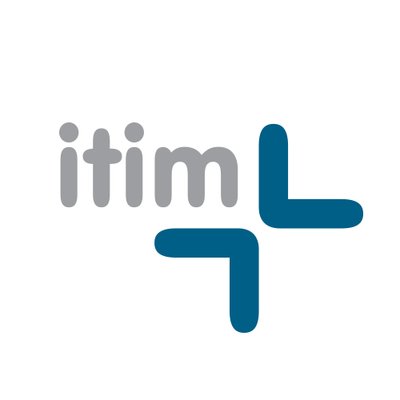The effects of the pandemic didn’t disappear when lockdowns ended—they embedded themselves into the DNA of global retail. Now, five years since COVID-19 first shut shop doors around the world, the ripple effects are still being felt. For investors, this isn’t just a reflection on resilience; it’s a blueprint for where the sector is heading next.
When COVID-19 gripped the world in March 2020, the retail sector was thrown into uncharted waters. Retail Dive, among others, documented the chaos—stores shuttered, employees furloughed, and customer-facing strategies rewritten overnight. Shoppers found themselves navigating social distancing signs, plexiglass barriers and limits on in-store traffic. It was a time that demanded flexibility from every corner of the industry.
Among the retailers that navigated this upheaval most effectively was Walmart. Despite the strain of ever-shifting government regulations and volatile consumer behaviour, Walmart leaned into change with surprising agility. Though it faced a temporary margin hit from increased operating costs, the company made strategic moves to strengthen its omnichannel offering, increase website functionality and reinforce its value proposition in convenience.
Not every retailer responded with the same clarity or speed. Many were slow to grasp the growing importance of seamless omnichannel operations. As Barbara Kahn of the Wharton School noted, businesses that lacked integrated systems struggled to pivot effectively. The learning curve was steep, and for some, it proved fatal. The retail casualty list over the last five years includes several department stores that were unable to meet new customer expectations or shift away from outdated business models.
The pandemic didn’t just digitise retail—it changed the way consumers prioritise value, convenience and purpose. Mobile commerce, social commerce and traditional e-commerce surged simultaneously, drawing in every demographic. Shoppers turned inward, focusing on their homes and comfort, fuelling categories like home décor and casual wear. This behavioural shift made way for a wave of innovations that have endured, including contactless payments, diversified supply chains and curbside pickup.
Even as the immediate health crisis faded, retail never truly returned to its old form. The most successful players are now those that combine high tech with high touch—offering sophisticated digital experiences alongside human-centred customer service. Consumers today expect more than transactions; they want alignment with values, particularly around sustainability and ethics. Social commerce and influencer-led brand discovery now play a growing role in shaping purchasing decisions, especially among younger shoppers.
Yet challenges remain. While e-commerce has grown, it hasn’t reached everyone. Many American households still operate within tight financial margins, where credit-based or delayed fulfilment models don’t fit their needs. This reality sustains the dominance of discount chains and dollar stores, which continue to thrive on cash transactions and immediacy. These trends confirm the enduring relevance of physical retail, particularly for value-oriented customers.
Retail’s transformation isn’t over—it’s simply entered its next phase. The survivors and leaders of the post-pandemic era have proven that adaptability, customer-centric innovation and operational diversity are no longer optional. They’re essential.
itim Group plc (LON:ITIM) is a SaaS-based technology company that enables store-based retailers to optimise their businesses to improve financial performance and effectively compete with online competitors. Itim adds retail value by helping multi-channel retailers optimise their business and their stores to improve financial performance and compete more effectively with the “Amazons”.





































